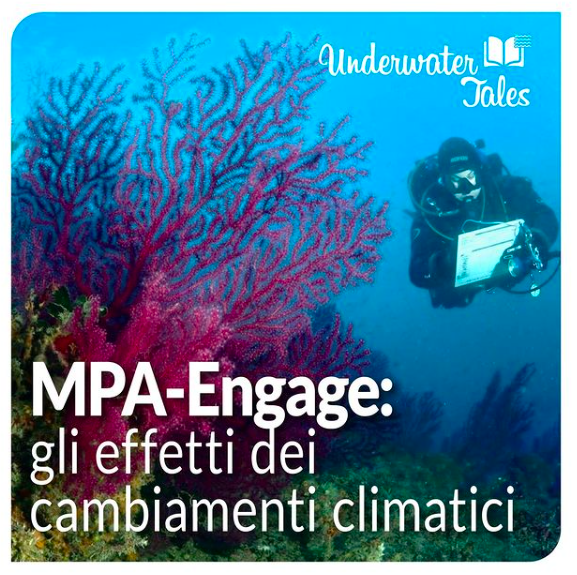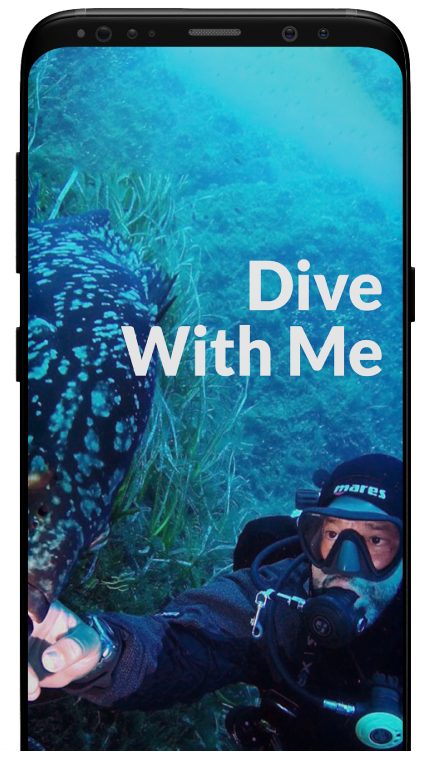Artificial intelligence can make a major contribution to safeguarding the oceans. Starting from a very compromised situation, new technologies offer means capable of better understanding our ecosystem.
The sad current situation
Pollution, constant sea level rise, over-exploitation of fish resources. How many times have we heard these words spoken. And how many times have we read them. These are the main human activities that are having an irrefutable and harmful impact on our oceans.
What follows is a sad and worrying reality that has an inextricable impact on the budget of climate change. It is now clear to everyone that urgent action is needed. And by any means we have. State-of-the-art technologies, such as the so-called Artificial Intelligence, have proved to be a fundamental aid to this end
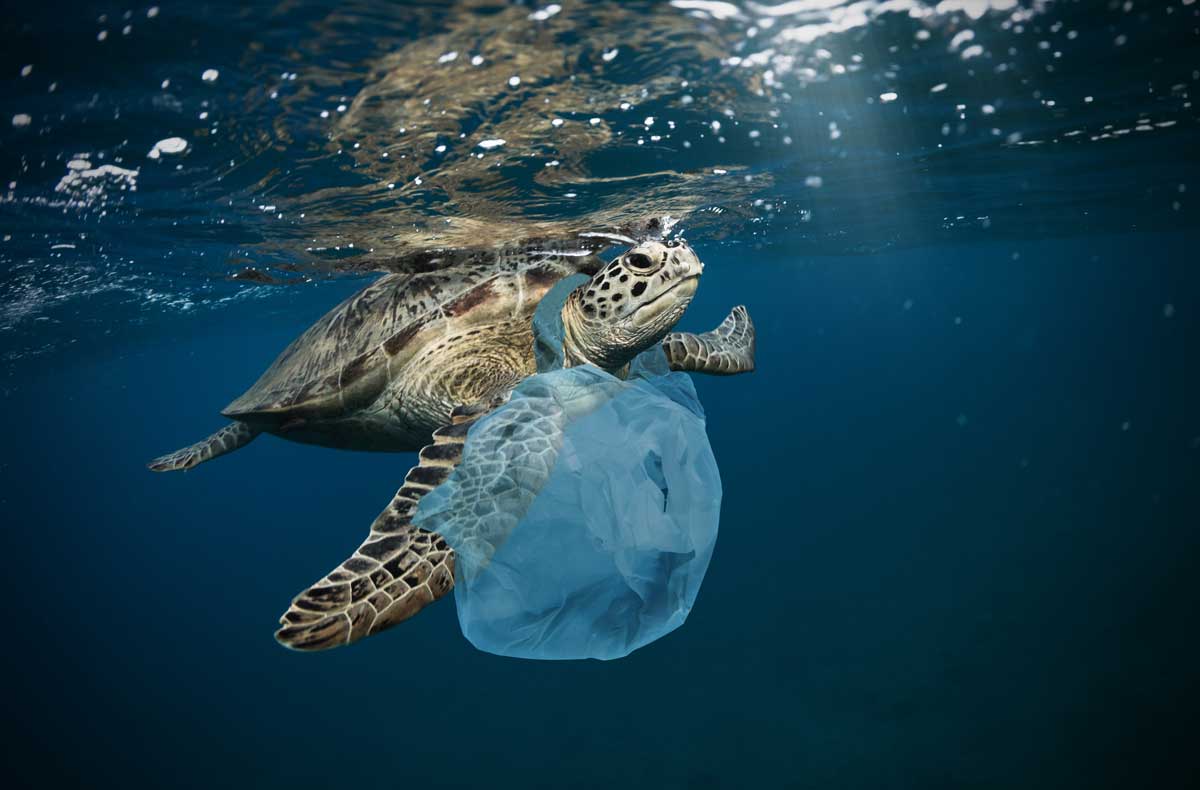
Artificial intelligence to safeguard the oceans World Oceans Day
The most recent World Oceans Day that was celebrated was on 8 June. It was a more than appropriate opportunity to raise awareness among citizens. And to urge each of us to adopt responsible attitudes towards our planet.
We all know the saying “small streams make great rivers”!
It is a civic, human and universal duty of each of us to protect, in our small way, our environment, for us and for future generations.
Obviously, awareness of this commitment is essential, but other interventions are also needed. On a large scale, by governments, NGOs and private entities, more and more numerous to intervene in this field.
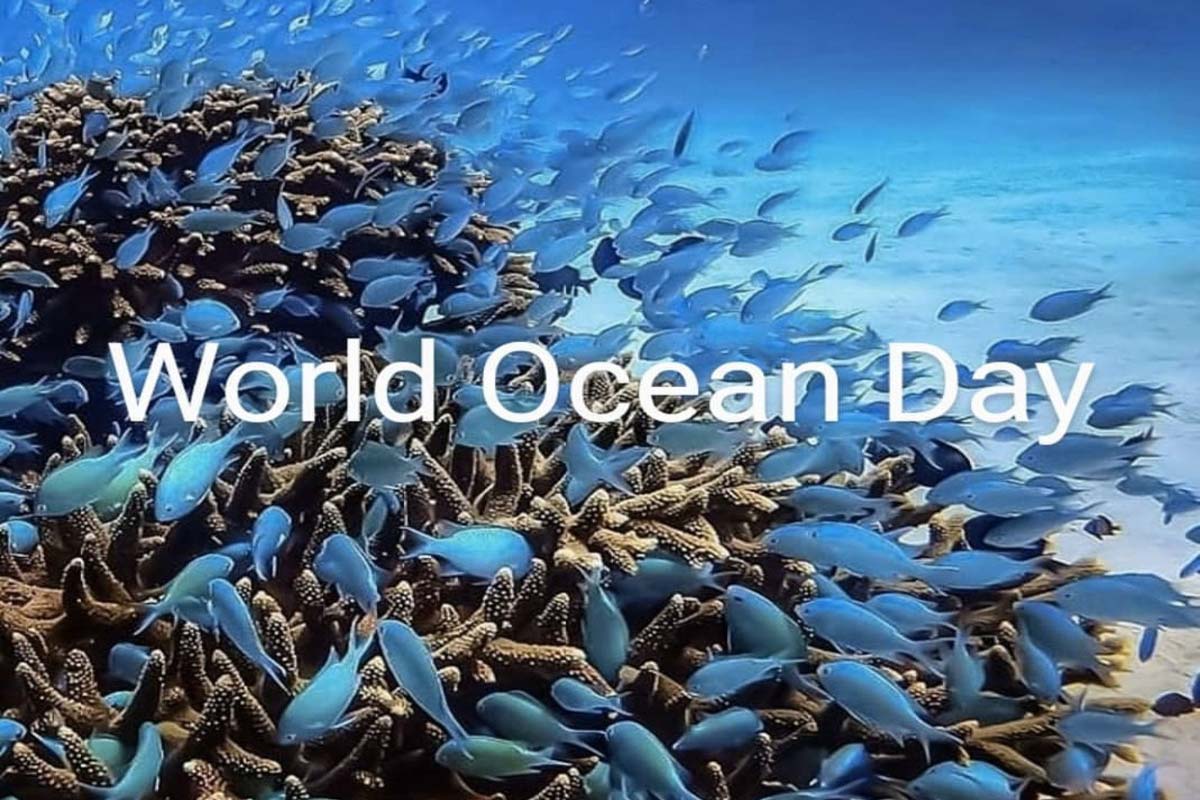
What does protecting the oceans mean?
Oceans cover about 70% of the planet, but we still know very little about them. Therefore, it is essential to broaden our knowledge about it. In order to understand which are the most suitable interventions to protect them.
New technologies are tools that can help us better understand our ecosystem. As well as to intervene in a concrete and effective way for its preservation.
Here are some examples intended to highlight how important it is to consider every means at our disposal.
The Ulix robot. Cartograph the deepest seabed
It is the new scientific jewel of IFREMER (French Research Institute for the Protection of the Sea). A public body under the tutelage of various Ministries of the French state.
Developed as part of the CORAL (Construction Offshore Robotics Alliance) program, it was co-financed by the Provence-Alpes-Côte d’Azur Region, the French State and the European Union (FEDER Fund).
This technological adventure therefore begins in 2020. And significantly marks a turning point in the exploration of the underwater world. Its navigation capabilities, as well as the state-of-the-art devices at its disposal, allow you to observe the abyss in a completely new way.
In fact, Ulyx is an AUV (Autonomous Underwater Vehicle) capable of providing high definition data without being physically connected to a structure on the surface.
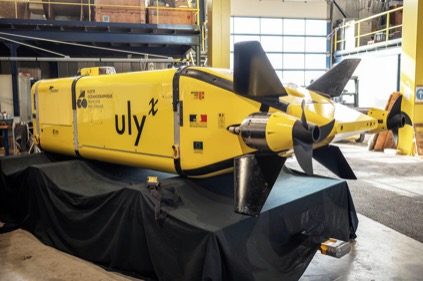
Ulyx can descend up to 6000 meters and has an autonomy of 48 hours. Which is very rare worldwide.
It is equipped with acoustic cartography tools, high-sensitivity digital photographic camera and a laser profiler for 3D terrain visualization. In addition, it has sensors designed to detect a considerable diversity of data. Such as physical and chemical parameters of water, magnetic field anomalies, methane and oxygen levels, water withdrawals.
It appears clearly that Ulyx plays an active role of exploration, transcending the current boundaries of scientific knowledge.
It will facilitate the work done by engineers and researchers. In this still mysterious world. Which, in the darkness of the abyss, preserves abundant natural resources. And information of greater relevance in understanding the evolution of life on earth.
The hope is that a company of this magnitude will allow to solve problems related to geology, biology and the environment in general.
The United Nations estimate that more than 40% of the oceans suffer the deleterious effects of pollution and human activities, with dire consequences on the underwater ecosystem.
The natural habitat composed of algae and corals deteriorates in the long run with the warming of the waters. And the emergence of intrusive new species devastates existing fauna and flora.
The connected statue of the Marseille Underwater Museum
Marseille is one of the largest cities on the French coast. Unfortunately its waters are excessively exploited for fishing. And they are heavily polluted by industrial and port activities.
The city has therefore made a commitment to work in favor of marine biodiversity. Through a technological as well as an artistic project. We are talking about a statue called “Resilience”, equipped with sensors and a video camera, immersed off the renowned Catalans beach.
The Marseille sculptor, Thierry Trivès, created this work of art. Paying tribute to his wife, who died of cancer. And to all those who, fighting against the disease, find the strength and courage to still believe in life in all its beauty.
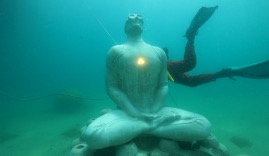
Artificial intelligence to safeguard the oceans
But this work must also make us think of “environmental resilience”. The numerous data collected will be processed by a computer program. And it will allow experts to deepen their studies on the marine biosphere of the Mediterranean Sea. In order to better protect it.
However, our knowledge of the oceans still remains too small.
👌
The concrete awareness of each of their components, of their potential but also of their fragility, requires constant work and commitment. That only a bipartite collaboration between man and technology can carry on, for the good of the planet and for the good of humanity.
Do you agree?
Ringraziamenti
Anche questa volta mi hanno aiutato. E anche questa volta, la mia fonte è Julie Sferlazzo. Avete già letto un post che lei mi ha segnalato. Ma che dico segnalato… Me lo ha sottoposto e me lo ha tradotto.
Questo è il link originale:
Davvero GRAZIE Julie!!! Amica subacquea metà francese e metà siciliana…


